Indeed you have seen many times the monitor panel types in its technical specifications. Do you know what a monitor panel is? Do you know what types of monitors there are and what each one of them is for?
That is precisely what we will see today in this article; we will try to explain everything about the image panels, and we will see what display technologies exist.
We are always used to looking at two basic characteristics when buying a monitor: the image resolution and the size or inches it has.
If anything, we will also look at the response time if we want a gaming monitor or the refresh rate, very fashionable now with the new fairly affordable 144Hz monitors.
One of them is the ViewSonic ELITE XG240R, a gaming monitor that combines all this. under a fast responding TN panel.
Table of Contents
Panel Type of a Monitor: The Essential Feature
In all cases, the monitor panel types is an essential feature that we will need to know depending on what we want to use our monitor for since each of them has its pros and cons.
The types of LCD and LED panels that we can find on the market are IPS, TN, VA, PLS, IGZO and WLED.
We must know that there is no better panel than another in general terms but that its characteristics will allow us to work better according to which cases.
Moreover, each of the manufacturers adds different functionalities to each of these panels depending on the final quality of their product; we can find IPS panels with very high response speed, energy consumption or resolution and brightness.
The monitor panel types is nothing other than the element responsible for providing us with the image on our monitor.
Millions of diodes are installed in this panel that dynamically vary the intensity of light or brightness of 3 basic colors: Red, Blue and Green (RGB). Using a CCFD or LED lamp that provides backlighting, these diodes will let through a certain level of light and a different color, and this is how colors are formed on our monitor and how we can see an image on it.
Types of Image Panels on a Monitor
From now on, we will take a detailed look at each of the types of panels that currently exist in the monitor market and the characteristics of each one of them.
In this way, you can get a rough idea of what the panel of your next monitor will be. We will take Viewsonic monitors because they have a wide variety of panels, and it is one of the largest monitor specialists in the professional and gaming sector. We started!
Monitor with TN Panel
Coming from the acronym ( Twisted Nematic ), TN panels were the first type of panel used by flat-screen LCD monitors, and in fact, they are still widely used and, of course, have been improved compared to the first versions.
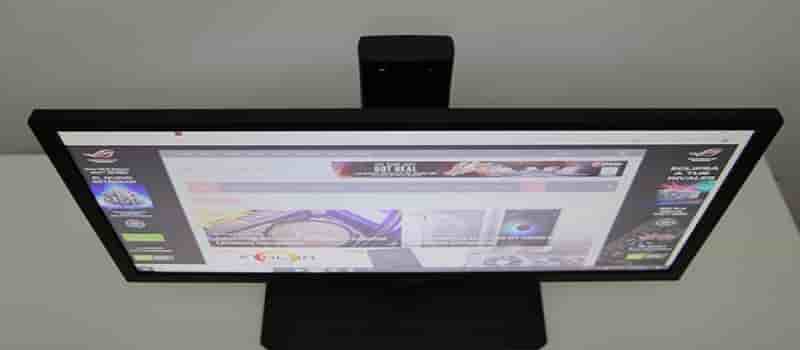
As for the positive characteristics that these panels bring to a monitor, there can be several. For starters, they consume less energy than the rest and have a lower cost of production.
These panels are lighter in terms of thickness and size because they are narrower and can generate different resolutions and different sizes and shapes.
They are also capable of reproducing clearer images and do not have “flicker “.
Manufacturers widely use these panels to build “gaming” monitors or specialized in games since the response times are very low, so the images will not suffer LAG or delay since the graphics card creates it and is sent to the monitor.
The refresh rate of these monitors will also be very high, between 60 Hz and 144 Hz in the latest monitors, offering us an incredible fluidity in the movement with the games.
As for the negative aspects of this type of panel, there are also numerous. Perhaps one of the most significant issues is the limited viewing angles, as these monitors will look good when viewed head-on.
The lower the viewing angle of a monitor, the worse it will look when we look at it from the side, the color representation will change, and we will not appreciate the image correctly.
The first TN LCD panels had horrible viewing angles; although currently, 160-170 degrees are quite acceptable, there is still a color distortion.
Other disadvantages are that they produce motion blur, uneven backlighting on large screens, dead pixels, and not too faithful color rendering.
While it is true that we will see vivid and saturated colors on these monitors, they will not be too real.
Read Here: Best Monitor Calibrator.
Therefore, these monitors are not recommended for graphic design work or image or video management since the colour representation will not be good.
However, they are widely used monitors for gamers due to their fast response and high refresh rate. So, if you want a monitor only to play games, take a look at one of these, for example, the ViewSonic ELITE XG240R, which in our review left us very good feelings at a really attractive price.
Monitor with WLED or LED Backlight
The LED or WLED (White LED) is not a panel but a backlight technology for LCD monitors. This lighting method is used in high-end LCDs.
Hence it is known as LED or WLED displays, rather than just LCD. We must bear in mind that an LED ( Light Emitting Diode ) is not the same as an LCD ( Liquid Crystal ) monitor. We are going to explain this.
LCD monitors were the great novelty and incredible evolution of the traditional CRT or cathode ray gun monitors.
They are providing much lighter, flatter monitors with better resolution and power consumption. We must bear in mind that LED or WLED technology serves to provide the backlighting of high-end LCD monitors since low-end or “normal” monitors use CCFL technology.
The difference between the two technologies is that LED lighting provides higher image quality due to its higher brightness capacity with pure white light, longer lamp life and lower power consumption than CCFL.
The pixels of the LCD monitors do not emit their light but vary their brightness to allow or not the passage of light from the backlight and thus generate the colors. The backlight color will always be the same, pure white light.
Other improvements of WLED lighting than CCFL are that the panel ignition is instantaneous, while CCFL takes longer to reach the final brightness.
Consumption is considerably lower because the pixels are responsible for filtering and reducing the output power by up to 95% of the light generated.
This is why the brightness of an LED monitor is much higher than a normal LCD, and the contrast ratios are much higher for LEDs.
Monitor with IPS Panel
The acronym IPS monitor panel types comes from In-Plane Switching, and they are panels that were created in response to the limitations of the first TN panels on the market.
Currently, they are panels widely used for different areas of work and use of monitors and televisions. Let’s see its advantages and disadvantages below.
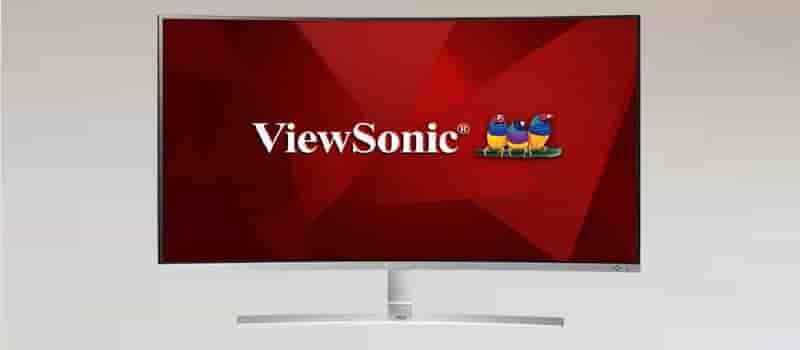
These panels have a much wider viewing angle (178 degrees) than the previous ones, so the color distortion will be very low even if we look at the screen from the side.
And not only this, since they also greatly improve the quality of color reproduction, thanks to a better contrast ratio with better blacks and colors much more faithful to those we see in reality.
Regarding the negative aspects of these IPS panels, we also have, for example, they have a higher production cost than TN panels, and therefore will be more expensive products.
Also, the response times are slower (about 4 or 5 milliseconds), the refresh rates also lower (60 Hz), and the power consumption higher.
While it is true that there are currently IPS panels with refresh rates that also reach 144 Hz, their response time will almost always be slower.
These characteristics make these monitors ideal for graphic design since some have a color space of more than 90% P3 and 100% sRGB, so the colors will be very faithful, and the photos will look more natural.
We must bear in mind in these panels the effect of “red colors” or indentation at the edges of the monitor.
What this effect cause is that light leaks appear on the edges of the en; we can notice it perfectly under a black background, where strong glare appears on the edges as if a light were shining in that place.
Although they are not recommended for competitive gaming and eSports, they will be casual gamers who want to experience high image quality with spectacular graphics, sacrificing response time.
VA Panel Monitor
The panels of the Vertical Alignment type or vertical alignment offer us a fusion of the characteristics of the TN and IPS panels to offer us the best of each of them, and the truth is that, in part, they did.
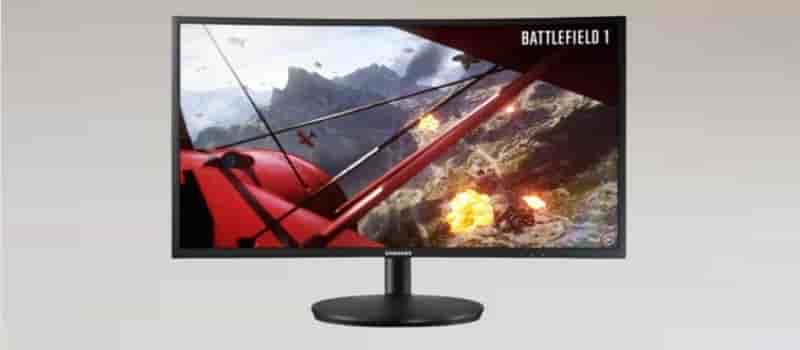
These panels offer us refresh rates of up to 144Hz today, and they also have better color reproduction, higher maximum brightness, and better viewing angles.
Indeed, the advantages over TN panels are apparent, and some of these panels reach up to 90% P3 color space and have 178-degree viewing angles, just like IPS.
Similarly, there are VA monitors with AMD FreeSync or Nvidia’s G-Sync dynamic refresh technology, optimized for games, and with response times of 1 millisecond at 144 Hz.
But, even so, they are not going to be faster than TNs, and they also present a motion blur in quick actions, so they do not make them the best ally of eSports either.
They are also not as good as IPS for professional graphic design work. On the other hand, due to the combination of properties, one of these monitors will offer us a good experience in both fields, let’s say they are very balanced.
Monitor with PLS Panel
Plane to Line Switching are panels with very similar characteristics to IPS panels; what’s more, they have the same advantages and disadvantages in response times, color space, and others.
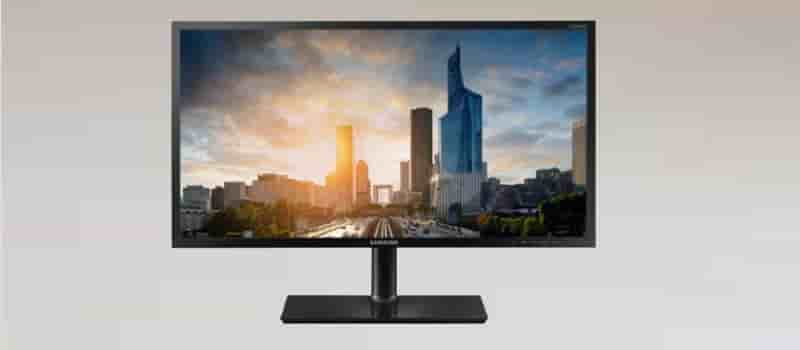
Samsung builds these panels. The manufacturer provides information that places these panels above the IPS in better viewing angle, increased brightness by up to 10%, higher image quality, and the ability to be flexible panels.
But generally, we can say that these panels are the IPS version that the Korean brand manufactures for its products.
IGZO Panel Monitor
These acronyms refer to the construction materials used being, Indium, Gallium, and Zinc Oxide. This designation refers to the type of semiconductor found in the TFT (Thin Film Transistor) or thin-film transistor.
This technology can be used for other kinds of panels to improve them, such as TN, VA, IPS, and even OLED monitors.
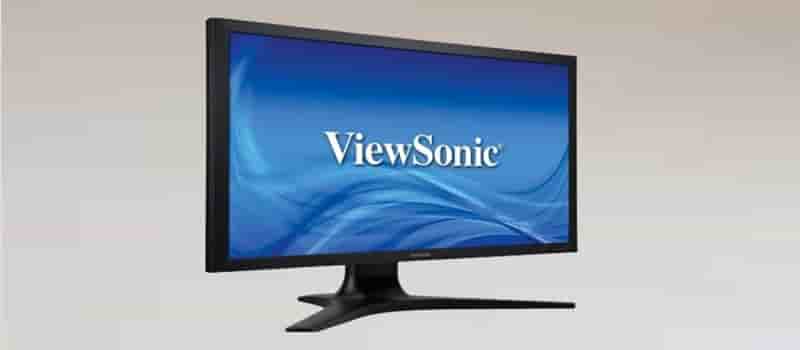
One of the best properties of these panels is that they consume very little energy and provide very accurate and vibrant colors, just like the basic IPS panels. Of course, the construction and marketing costs are much more expensive.
The materials used to build the transistors of these panels offer a higher conductivity than normal ones, and that is why energy savings are almost 90% compared to IPS panels.
Pixel density is also higher, so less lighting power is required to produce images as bright as other panels.
Thanks to this, response times are faster, and color reproduction can be as high as 99% in the Adobe RGB color space.
This technology is relatively new, and little by little, it will spread. It will indeed be linked to OLED technology because it shares a unique capacity in the sector, making transparent panels.
These panels will be aimed at mobile and portable monitor devices where battery consumption is always the biggest problem.
Which Panels Use LED Lighting
Well, all the ones we have seen before, the TN, IPS, VA, PLS, and IGZO panels currently use LED or WLED backlighting due to its better quality and durability, surpassing records of up to 30,000 hours.
OLED and AMOLED Monitors
LED monitors are the most widespread today, along with the types of panels we have seen, especially for making large monitors and screens.
But there are still a few technologies used more and more and not only in smartphones and tablets; these are OLED and AMOLED monitors.
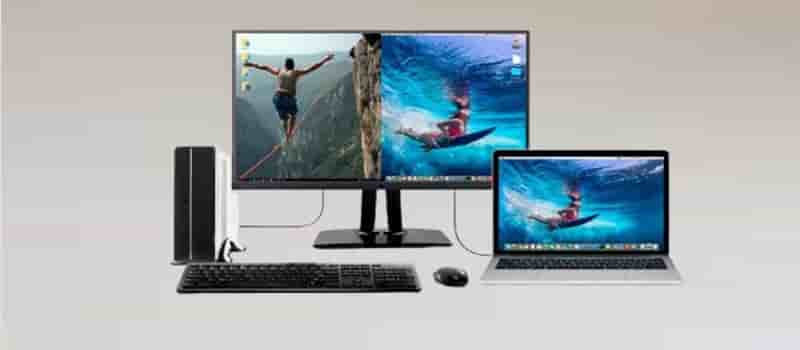
OLED monitors are based on organic light-emitting diodes; in this technology, an organic compound is used that achieves that each pixel can be illuminated separately.
In this case, the pixels themselves provide the lighting, thus generating more precise images with a higher quality of brightness and better contrast since no backlighting is used.
The black levels improve a lot, and among other capabilities we have, it is possible to manufacture flexible and transparent monitors.
The AMOLED displays are a variant of OLED displays with the active matrix. In this case, each pixel lights up when it is activated electronically, managing the energy much better and providing very low consumption.
In this way, the blacks will be real because there is no light, and the color quality will be that of OLED monitors.
Both technologies are used mainly in mobile screens because they are expensive to build and ideal for their quality to represent colors and reduced consumption.
Samsung is the largest manufacturer of AMOLED screens, having already implemented this technology in monitors and television screens.
Conclusion on the monitor panel types
We have already seen the types of monitor panels in the market, and we have also given a review of the technology used for the backlighting and other types of monitor that are manufactured.
Undoubtedly this field is extensive, but we cannot contemplate everything in a single article, but here you have all the keys of each type.
In short, TN panels are the go-to choice for professional gamers in the eSPORTS arena. They are panels with a very fast response, high refresh rates, and high resolutions, which is why they are highly valued in the field.
The IPS monitor panel types present a high quality and color fidelity, improved viewing angles, and higher brightness and contrast, so they are ideal for graphic design.
They are very good at rendering quality graphics, so casual gamers who don’t care about speed or sheer performance are suitable for enjoying landscapes.
Finally, the VA panels present the good of the TN and the IPS, not managing to surpass them individually, but if they stay close.
They usually are slower than both, although this is already quite overcome, having panels as fast as the TN.
Therefore, they are an excellent option for practically all types of users, gamers, and designers.
And we must all be aware of the IGZO technology since it is emerging as the best nature of these previous panels due to its reduced consumption.
OLED and AMOLED displays also have a promising future, especially in creating flexible and transparent futuristic displays.
For our part, this is all about the types of monitor combs that exist in the market and what their main characteristics are.
What type of panel does your monitor use? Do its features match the ones we have listed here? If you do not know what type of monitor you have and something is not clear, you can always write in our hardware forum, where there is a healthy community always ready to help in whatever way.
Read Also About: Direct LED or Edge LED

